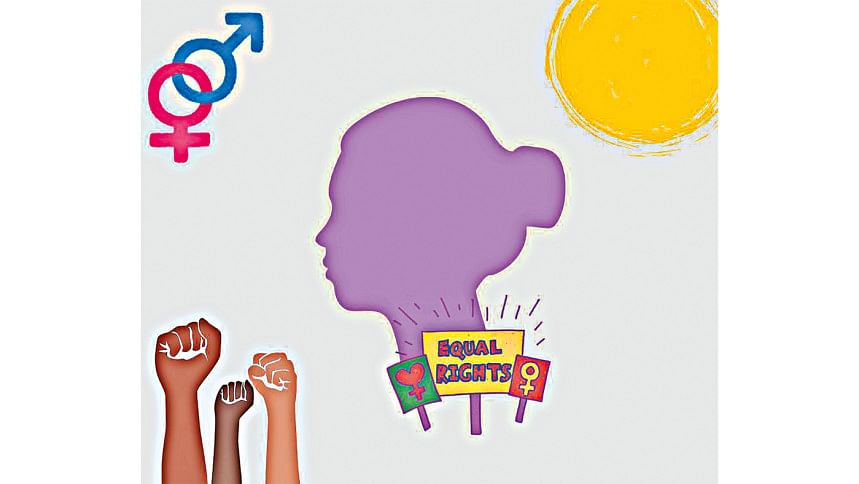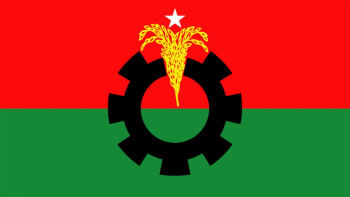Observing International Women’s Day

Global observance of the International Women's Day (IWD) on March 8 every year sheds light on gender equality, women's rights, and the challenges faced by women worldwide. The official commemoration of the International Women's Day by the UN began in 1975 during International Women's Year, and two years later, the UN General Assembly formally established the day.
While the direct impact of International Women's Day on substantive gender equality may be limited, it serves as a powerful platform to initiate conversations, raise awareness, and inspire actions contributing to the overarching goal of achieving gender equality. The effectiveness of these efforts depends on various factors, including the level of engagement, the nature of specific initiatives and events, culture of different nations and the broader societal contexts. These actions must go beyond mere rhetoric and reflect a genuine commitment to change.
Legally speaking, a significant landmark in the journey towards recognising women's human rights was the adoption of the Universal Declaration of Human Rights by the UN General Assembly in 1948. This declaration acknowledged the existence of basic inalienable rights and fundamental freedoms for every individual, including women. Women's rights got further entrenched within the international human rights paradigm through the International Convention on the Elimination of all forms of Discrimination against Women 1979.
Examining the broader societal context reveals a deeply ingrained patriarchal culture in Bangladesh. This cultural backdrop reinforces traditional attitudes towards women, portraying them as dependent and sacrificial. This perspective not only hinders the effectiveness of initiatives but also perpetuates a rhetorical commitment rather than genuine implementation agenda.
Despite these commitments, gender equality remains an elusive ideal across countries. This ambivalence highlights the need for a closer examination of factors such as engagement levels, specific initiatives, and societal contexts. Pertinently, Bangladesh has reservations to two important articles of the CEDAW, which many think go against the object and purpose of the treaty.
In our country, gender inequality is manifested prominently through violence against women. Despite commendable government initiatives, including special laws such as Domestic Violence (Prevention and Protection) Act, 2010, the Dowry Prohibition Act, 2018, the Women and Children Repression and Protection Act, 2000 (Nari O Shishu Nirjaton Daman Ain, 2000), the Acid Control Act, 2002 and the Pornography Control Act, 2012 and a parliamentary quota system to advance women, challenges persist. Unfortunately, effective implementation remains a significant hurdle. Issues such as lengthy legal processes and financial constraints impede justice, leaving women victims vulnerable and lacking protection.
Examining the broader societal context reveals a deeply ingrained patriarchal culture in Bangladesh. This cultural backdrop reinforces traditional attitudes towards women, portraying them as dependent and sacrificial. This perspective not only hinders the effectiveness of initiatives but also perpetuates a rhetorical commitment rather than genuine implementation agenda.
Despite the annual celebrations of Women's Day in Bangladesh, the reality suggests a substantial gap between the intended goals of raising awareness about gender equality and women's rights within the societal landscape. Closing this gap requires a comprehensive approach that not only emphasises legal frameworks and protective measures but also challenges ingrained cultural norms that perpetuate gender inequality.
The author is Assistant Professor, Department of Law and Human Rights at Varendra University.

 For all latest news, follow The Daily Star's Google News channel.
For all latest news, follow The Daily Star's Google News channel. 



Comments